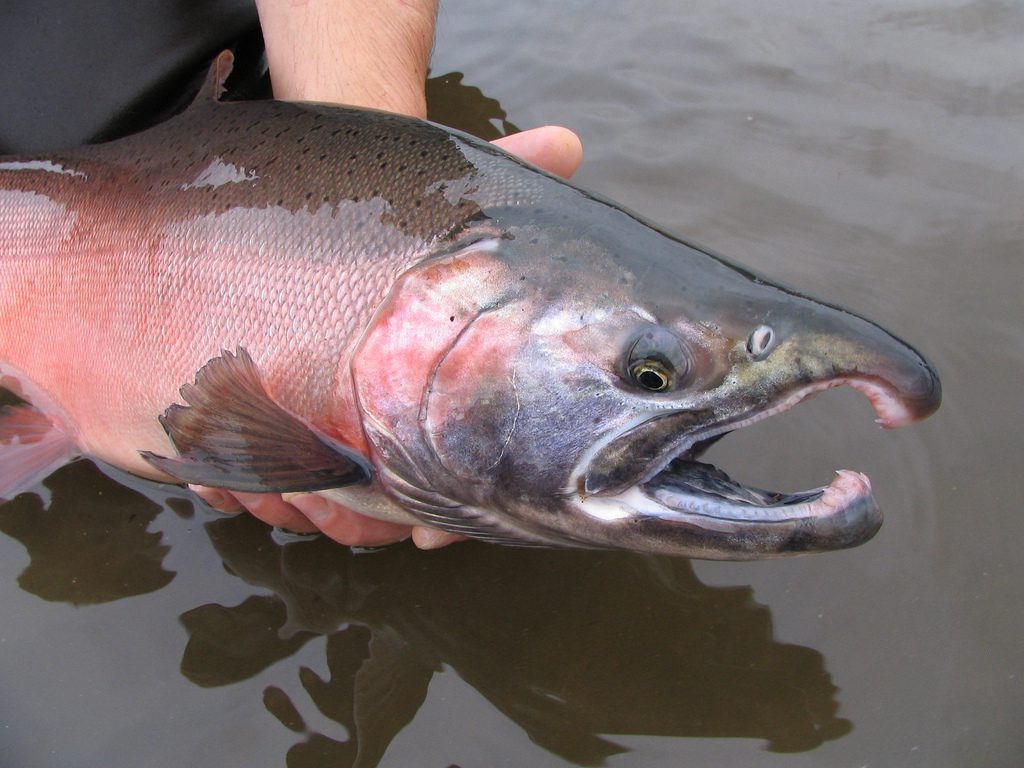Cooperation across the Bering Strait was recently strengthened when the U.S. and Russia signed a joint wildlife agreement.
Officials from the two Arctic nations met in San Diego from March 22-24 to discuss polar bear and snow goose monitoring efforts in Alaska and Chukotka.
Steven Kohl heads the Eurasian efforts at the U.S. Fish and Wildlife Service and was at the meeting.
“So many of these animals spend part of the year on the Russian side of the international dateline and part of the year on the Alaskan side,” Kohl explained.
It’s for that reason that the two nations have met every two or three years since 1972. That’s when the U.S. and the Soviet Union signed the original environmental agreement despite Cold War tensions. Kohl says current relations between the two nations still aren’t getting in the way of joint management efforts.
“Things have gone very well,” Kohl assured. “On both sides, scientists and administrators are making a concerted effort to keep things going, even during the rough times the two countries are experiencing in their relations right now.”
James Kurth, Deputy Director of the US Fish and Wildlife Service, signed off on the agreement last week alongside his Russian counterpart Amirkhan Amirkhanov.
Kohl says the two parties plan to meet again in Anchorage this November. They’ll review survey data and set quotas for polar bear and snow goose populations. He says in the next two years, Russian and American scientists will also be collaborating on a walrus survey in the Bering Sea.







